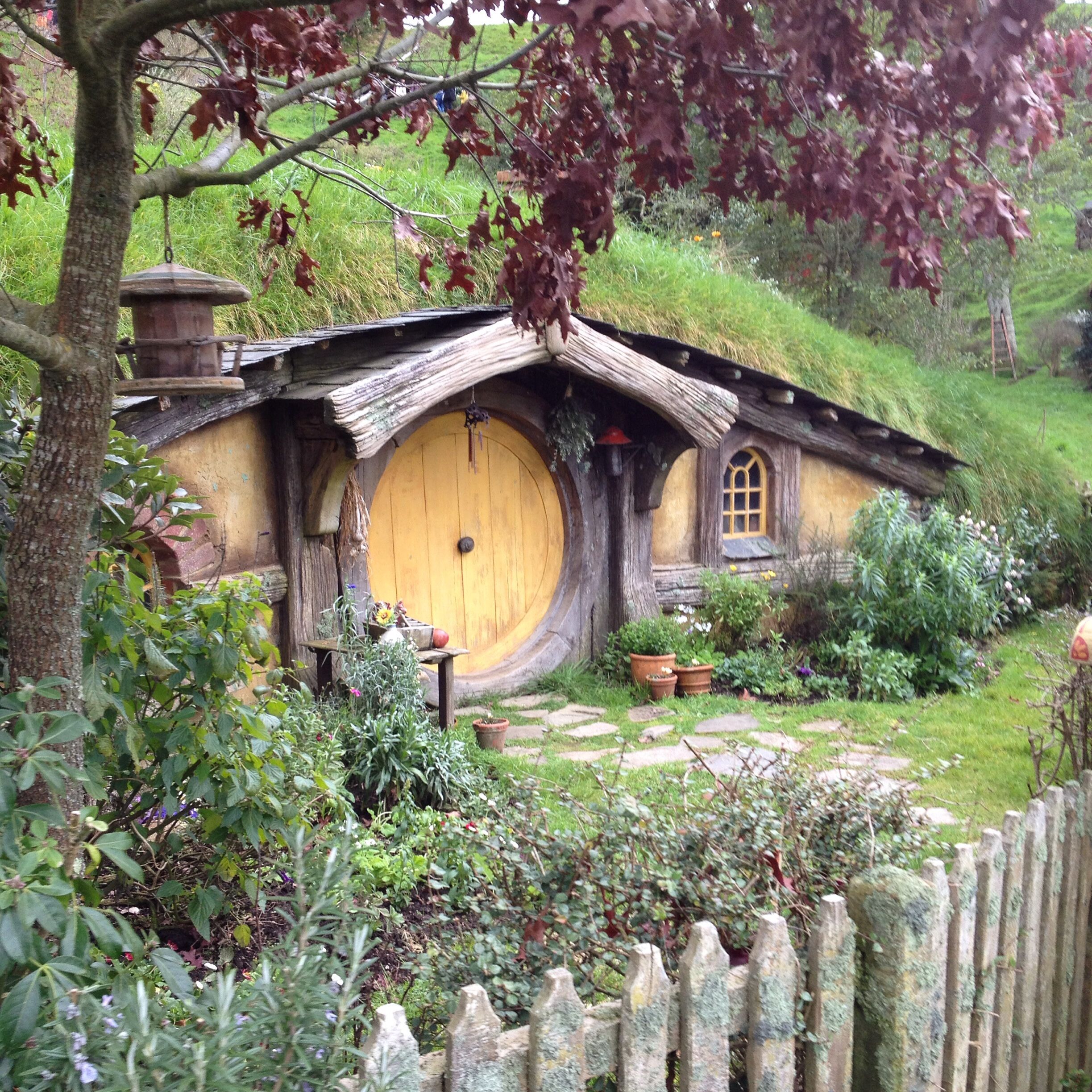A low-stress garden is a garden that relaxes you when you spend time in it. Not one where the garden chores are overwhelming you…
‘Easy care garden’ these days, seems to mean ripping out the gardens altogether. The place we moved into in 2017, had been turned into ‘easy care’ by previous owners, and it was mostly just a tiny lawn. Though I’m told by older neighbours that years earlier, the garden was such a jungle you could barely see there was a house among all the trees and plants!
A low-stress garden is probably somewhere in between these extremes. But of course, depending on your time and requirements, it’s going to mean a slightly different thing to each person. So how do you find what a low-stress garden is to you? Here are some things to think about.
Time
How much time do you have to spare, and what aspects of gardening do you enjoy? If you don’t mind weeding and planting, but you hate mowing the lawn, try to either eliminate the lawn or delegate the lawn-mowing to someone else.
If you love mowing the lawn, but you despise weeding and dead-heading, then don’t put in flower beds that need a lot of maintenance. Consider shady native gardens with deep mulch and plenty of ground-covers so less weeding is required.
If you get a kick out of growing from seed, set up an area for propagation and enjoy it. If you find it boring, fiddly, and time consuming, skip it and just buy plants fully grown.
There is a balance, with time and money. But maybe, if you like your job far more than you like mowing the lawn, you might decide it makes sense for you to work some extra hours and pay someone to mow your lawn. Everyone has their own preferences, and making your gardening low-stress means finding a way that works for you.
Try to ensure that you don’t have more garden space than you can take care of with the time and money you have available. If you have a really big garden and very little time/money, then consider sharing your space with other gardeners, or fully embracing a messy garden style.
Garden Style
Choose a garden style that suits your availability.
If you have limited time, avoid overly formal styles that require a lot of work to keep everything tidy and symmetrical. Instead choose an informal cottage garden, food forest, or native plantings for your inspiration.
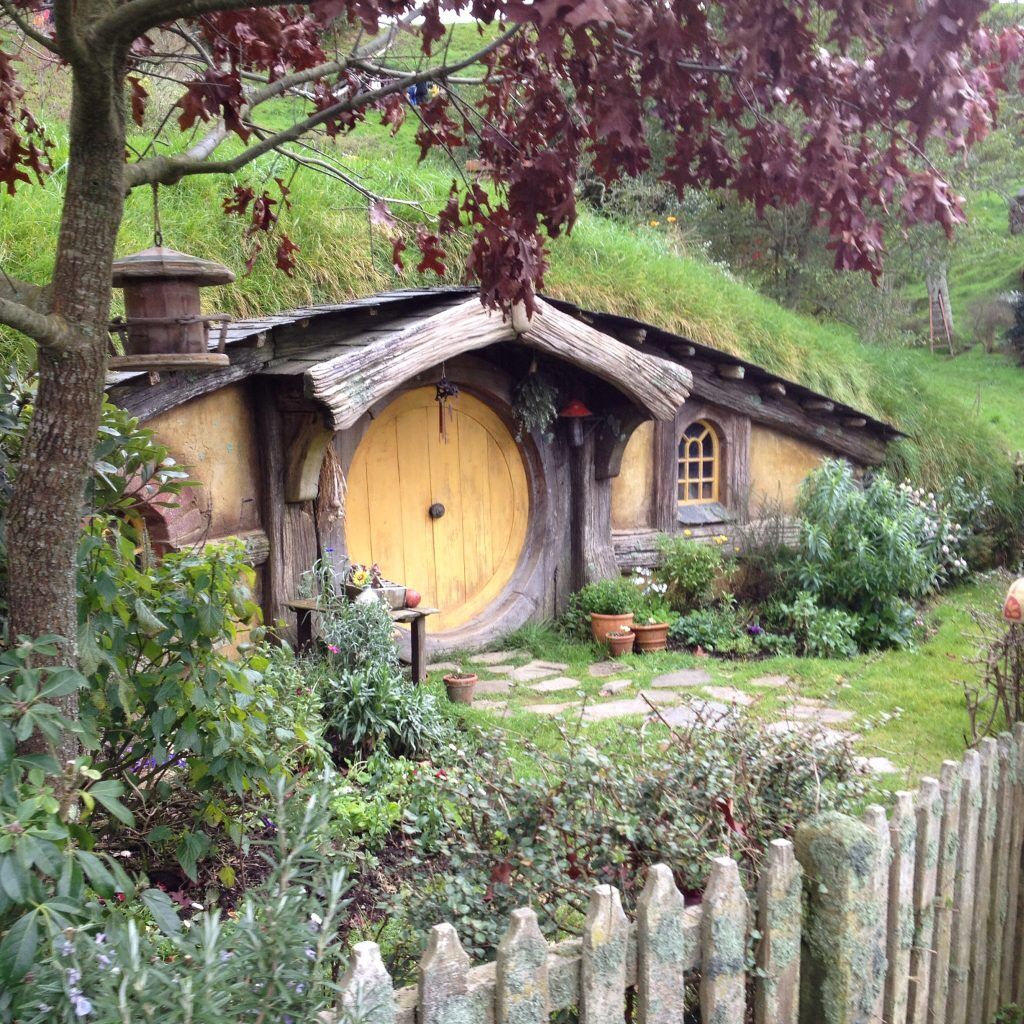
Perfectionism
Perfectionism is the enemy of relaxation. If you find yourself despairing over every growing weed, or every fading rose, and you don’t have time to deal with it all, and you worry about what the neighbours think, you might be letting perfectionism ruin your garden experience!
Go to your council website and find a list of noxious weeds. Tell yourself you will only deal with these weeds at the moment, and every other ‘weed’ is just a plant enjoying a bit of freedom.
Focus on the positive things about your garden, maybe the roses are fading and a little chewed by bugs, but they still smell amazing. Maybe there are dandelions all through your garden beds, but the bees are loving the flowers.
Maybe your garden is a tangled mess, but full of beautiful wildlife that loves and adores this environment.
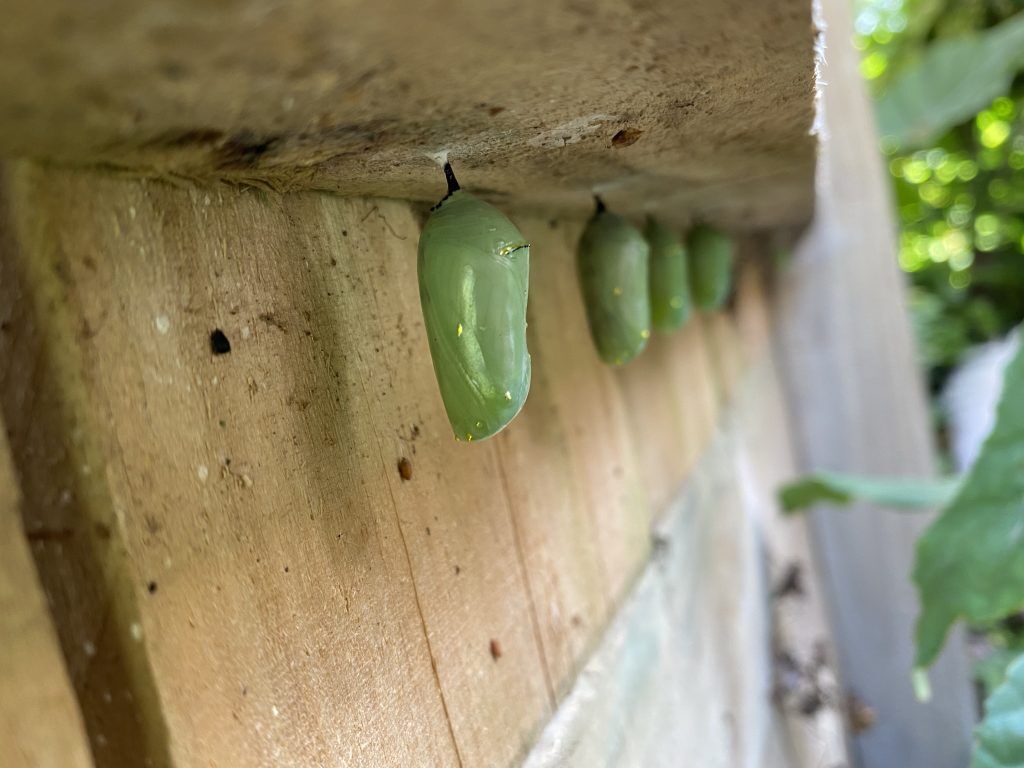
Social Media
Remember when you see all those perfect instagram photos of other peoples gardens, that’s not reality! People love to share the beautiful parts of gardening, very rarely do you see the ugly parts or the garden fails. And that’s ok, just remember that no one is perfect and you don’t need to compare your garden to anyone else’s. (And the same goes for looking over your neighbours fence, ‘the grass is always greener on the other side’ is a saying that comes to mind, along with ‘though shalt not covet thy neighbours perfect damn dahlias’.)
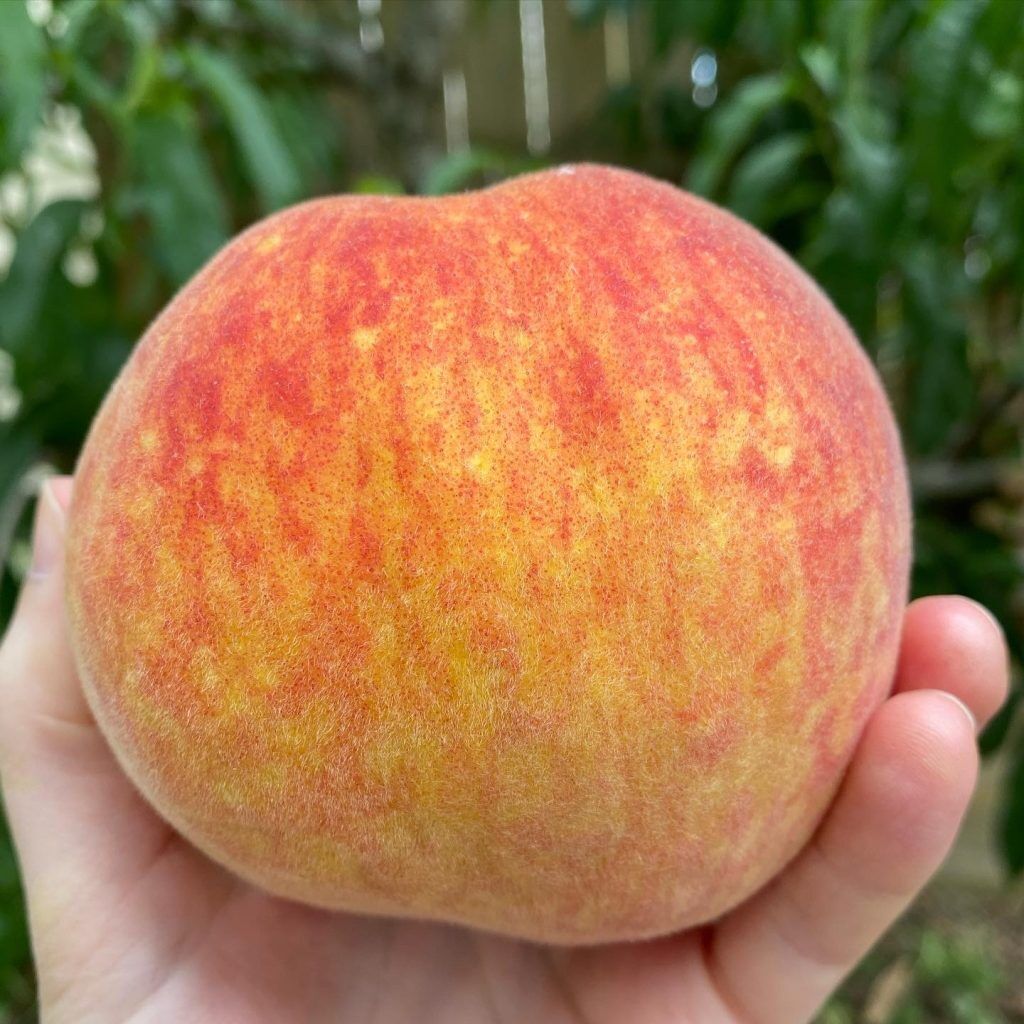
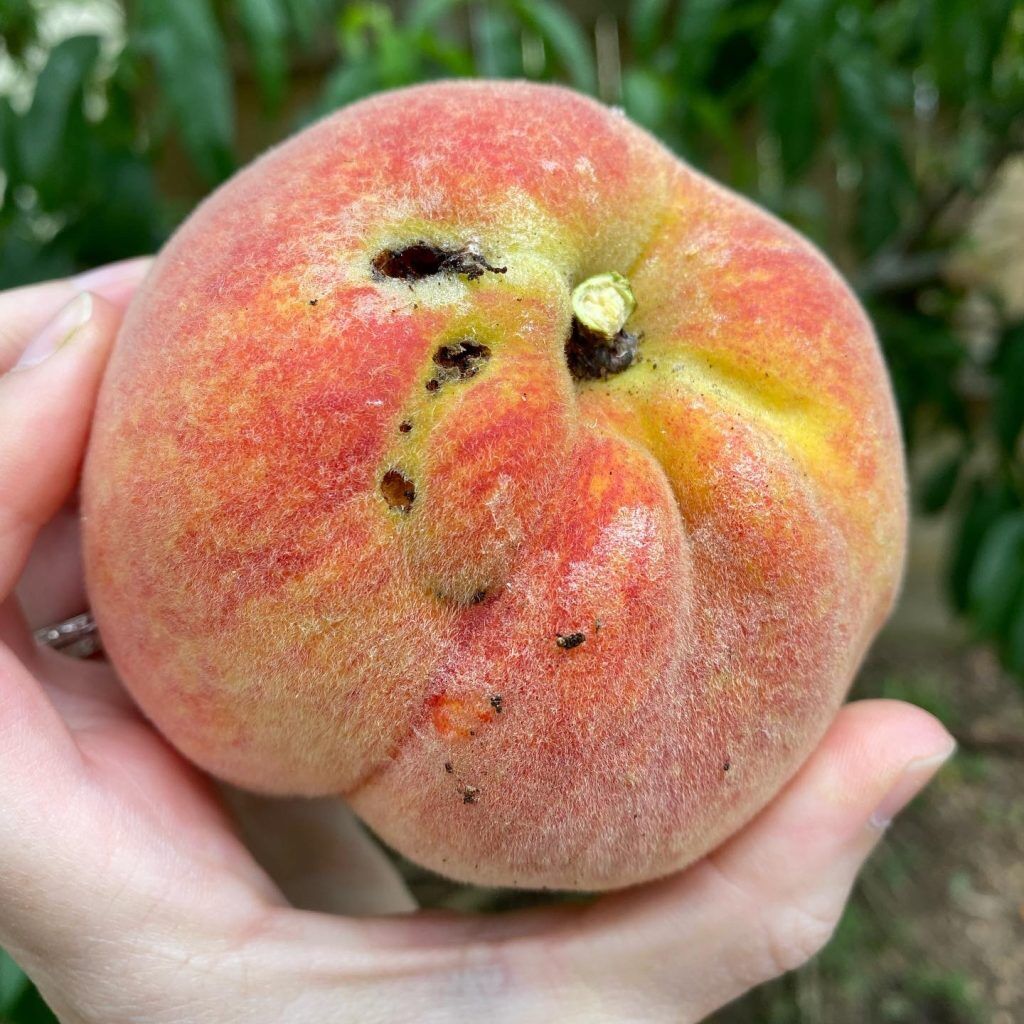
Garden Purpose
Think about what you want to use your garden for, and make it meet those needs.
If you want a private space to be alone with your thoughts and plants, then you probably want shielding from the outside world. Tall plants or fences can block out unwanted interruptions, and a water fountain or rustling plants like flax can help make external noise less noticeable.
If you want a place you can chat with passing neighbours and socialise with dog walkers on their way past, then a front yard with a low fence is great.
Garden yoga? A flat dry space you can put out your yoga mat, and a bit of screening if you don’t want to put on a show.
Entertaining? Shelter and an outdoor table and chairs.
A place for kids to play? Include safe fun things that kids like to play with and explore, and exclude dangerous plants and areas so you don’t get exhausted saying “NO” thirty thousand times a day.
Want to grow food? Incorporate plenty of space for that.
Love birdwatching? Include plants loved by your favourite birds.
A place to write blog posts? Well I wish I’d thought of writing this outside in the garden, instead of indoors sitting on the couch. But let’s say, you need somewhere sheltered to sit, with a table for your laptop.
Think about how you want to spend time in your garden, and adjust your space to make it easy for that to be your focus when you’re in the garden.
Renting
Gardening when renting, ads a whole layer of worries and concerns. Will the landlord like the garden, will all my efforts be wasted if I have to move at some point, is my gardening within the rules of my tenancy?
Every landlord will be different, talk to them about gardening ideas and plans if you can. Get things in writing if the landlords agree to something that isn’t in your original tenancy agreement. Even if you only have 3 months in a place, its still worth spending time gardening if you enjoy it and find it relaxing.
Growing in pots is another great way to enjoy gardening if they landlords aren’t keen on you digging up the lawn, and you can take them with you when you move. Look for plant varieties that do well in pots, get big deep pots for plants that need deeper roots. Unglazed pots tend to hold moisture less, so include that in pot acquisition decisions. When putting pots on decks/patios, be sure to raise them so that the pots don’t cause rot or damage underneath. If you’re putting pots on grass, be prepared to move them often, or resow grass before moving.
Grow plants that suit the space
It can be stressful and frustrating when your beloved plants don’t thrive. It’s also, just life. Plant death is a part of life. Grieve and move on.
But a plant planted in the right place, will not be stressed. And if the plant is not stressed, then you won’t be stressed about the plants struggles. Find out what a plants sunlight water and soil requirements are before planting it, and if you can find a spot that perfectly meets that, then your input will be minimal.
Growing native plants is often a great solution, as they will be adapted to the locality. Keep in mind, you still need to be a bit careful about plants needs. A native plant adapted for the understory of a forest won’t do well in direct sunlight all day. And a native plant that usually grows high on dry cliffs will not handle being planted in a boggy waterlogged area.
The more factors you think about before adding a new plant, the less worry you will have after planting it. So reduce stress for your future self, find plants that suit the environment you have available. This is often easier than trying to change the environment to suit the plant.
Don’t worry, be happy
If you are have a garden, you are in a position of privilege compared to many people in the world. Be grateful. Look after the land for future generations, and for all the wildlife that appreciate it and call it home.
